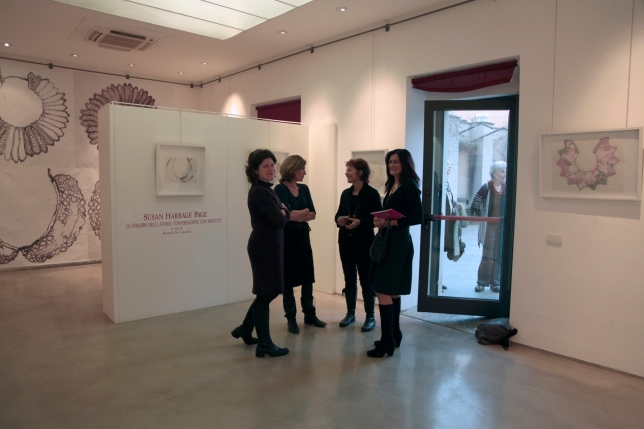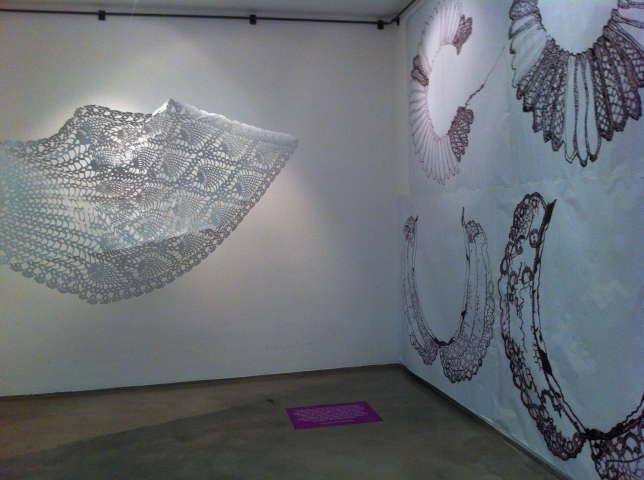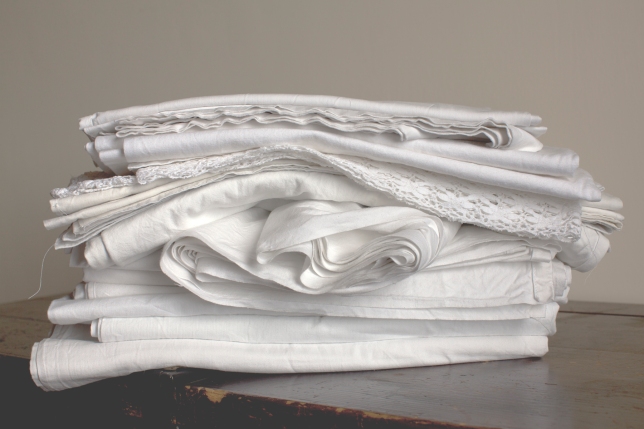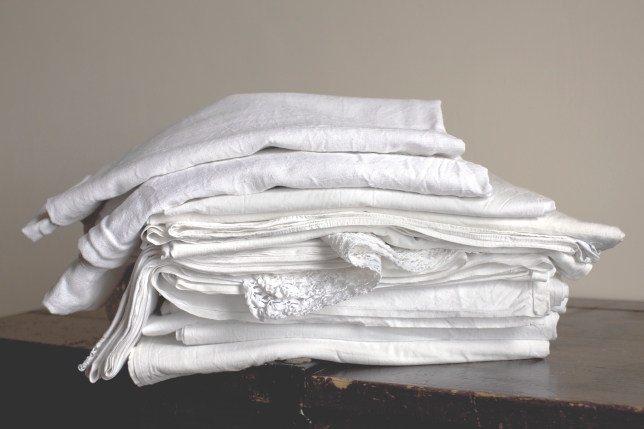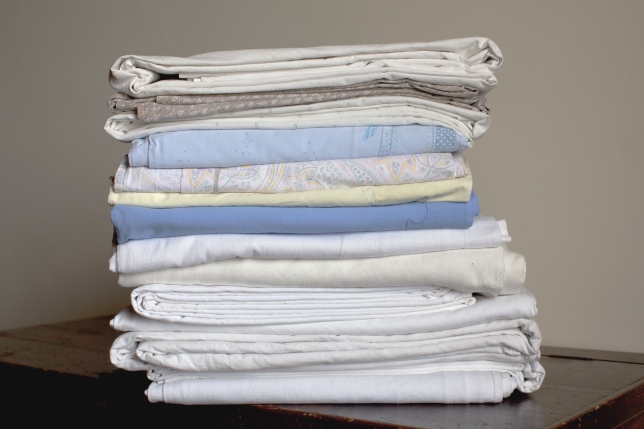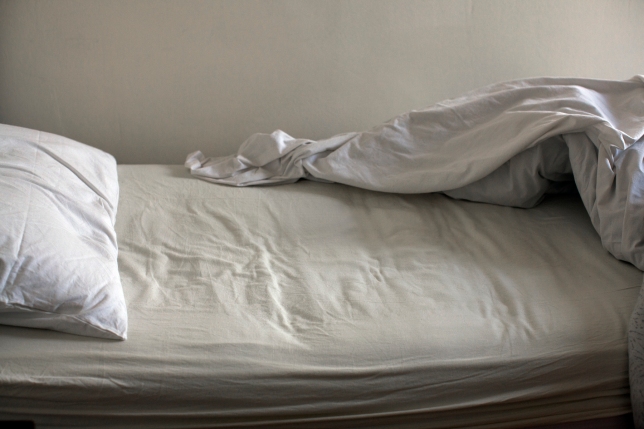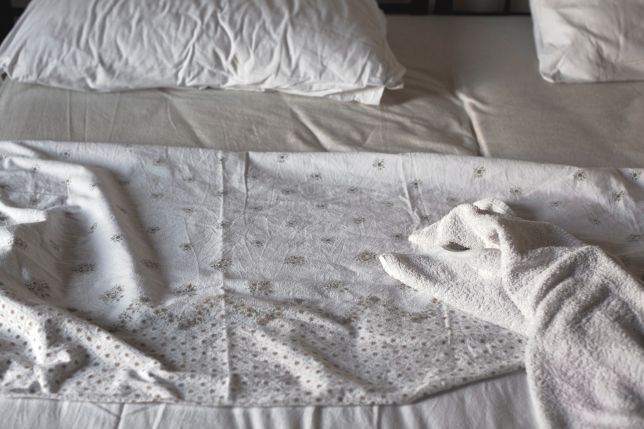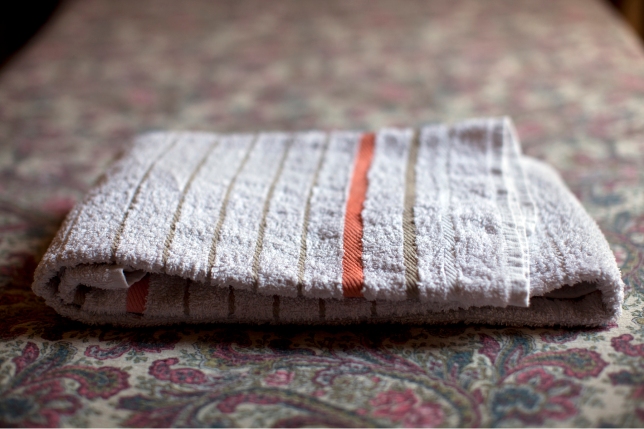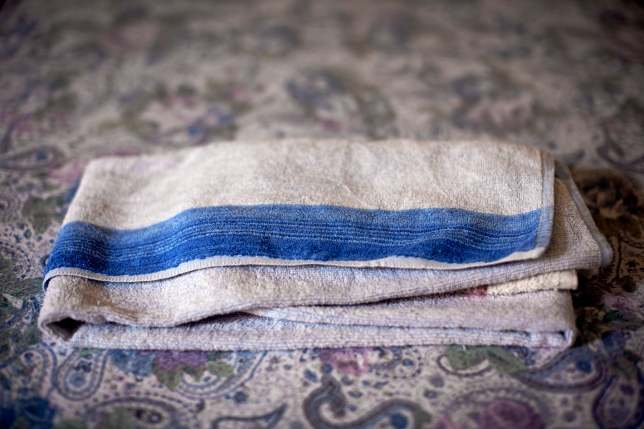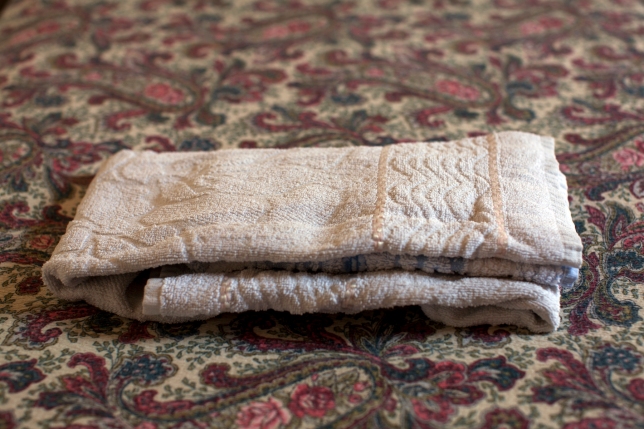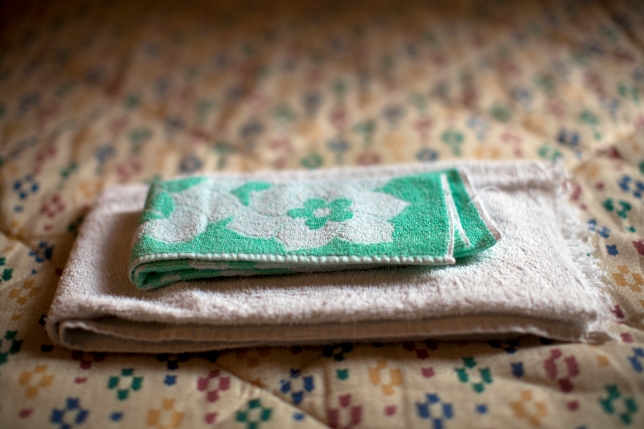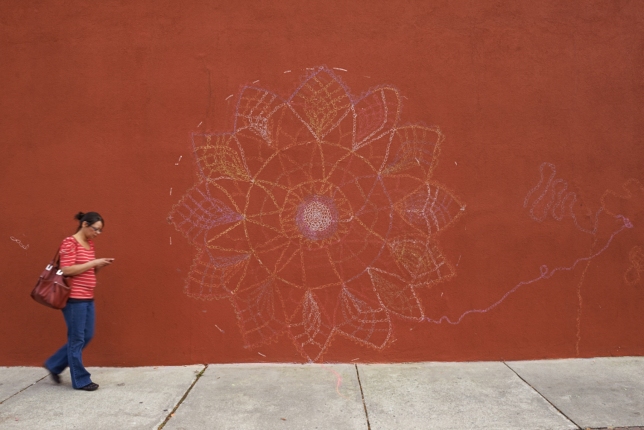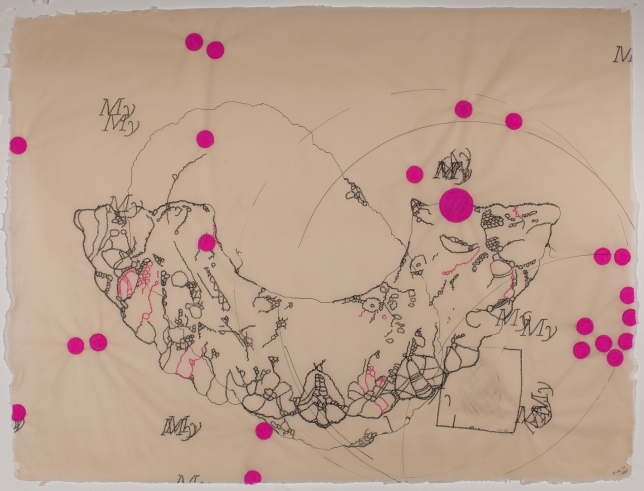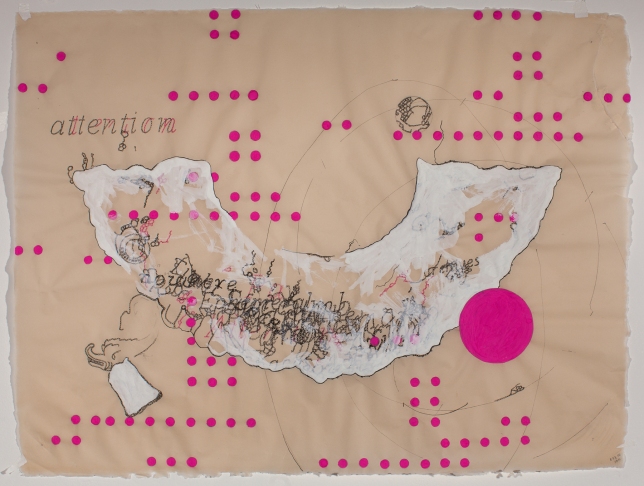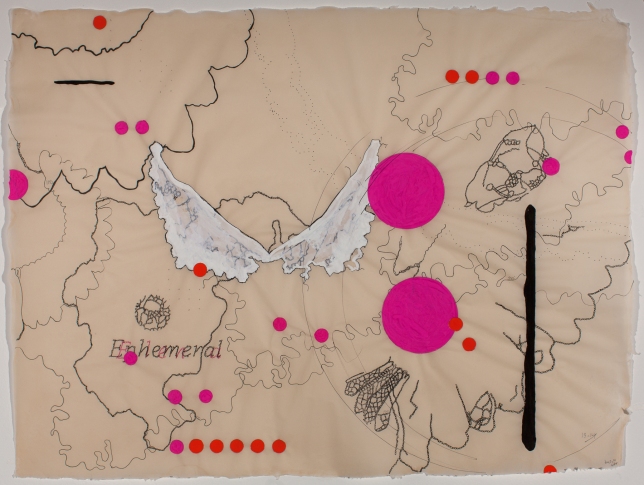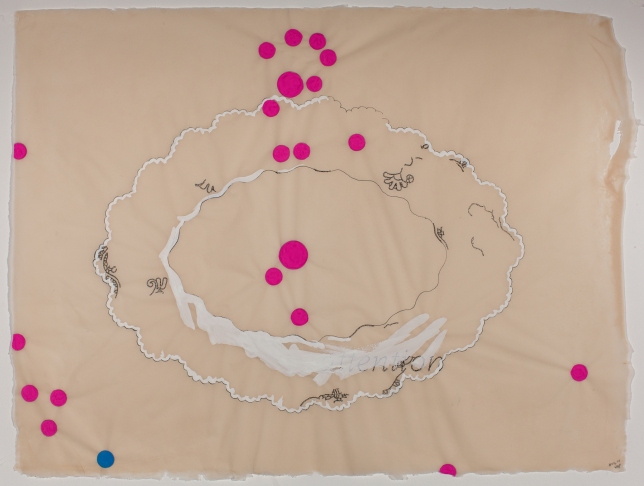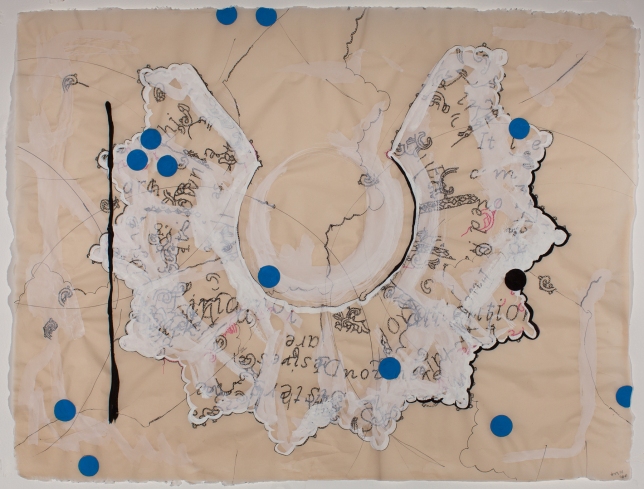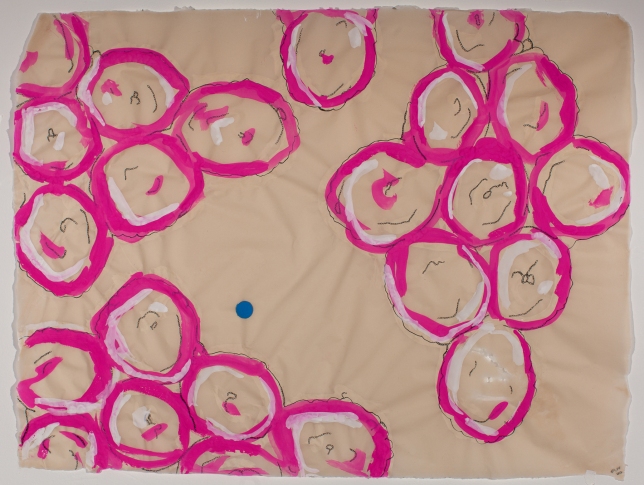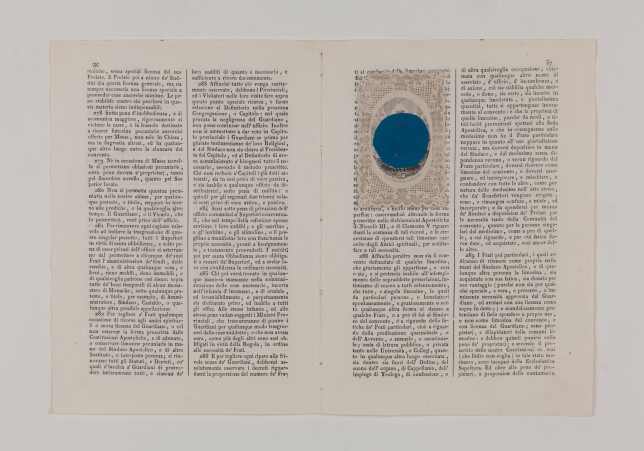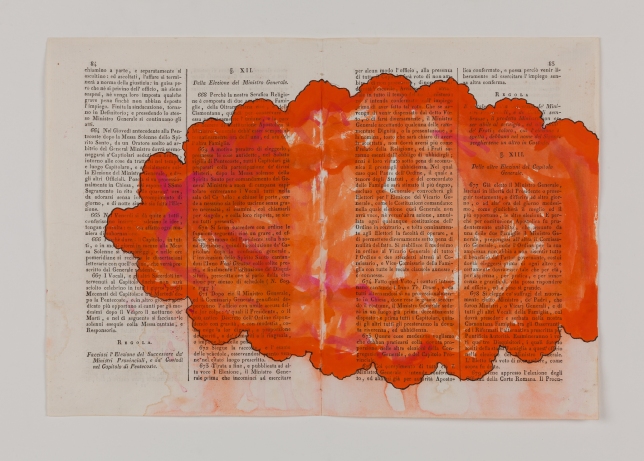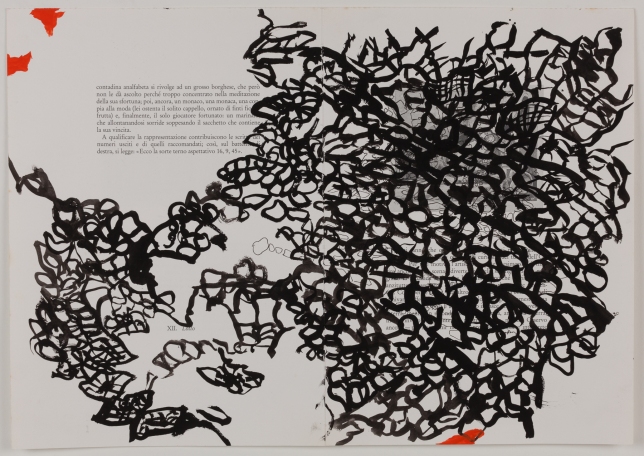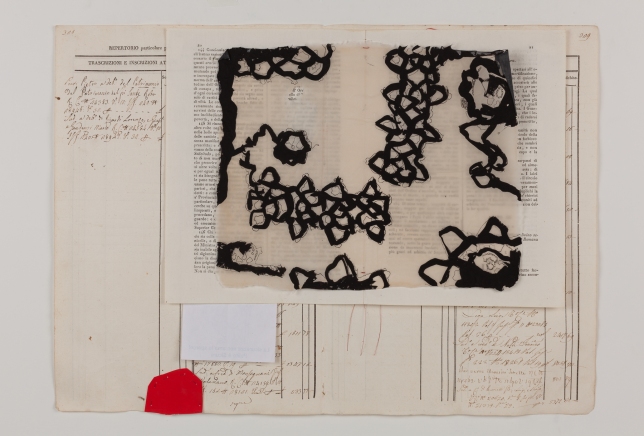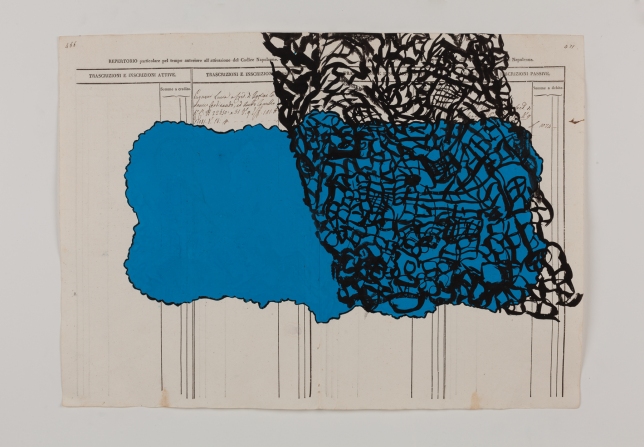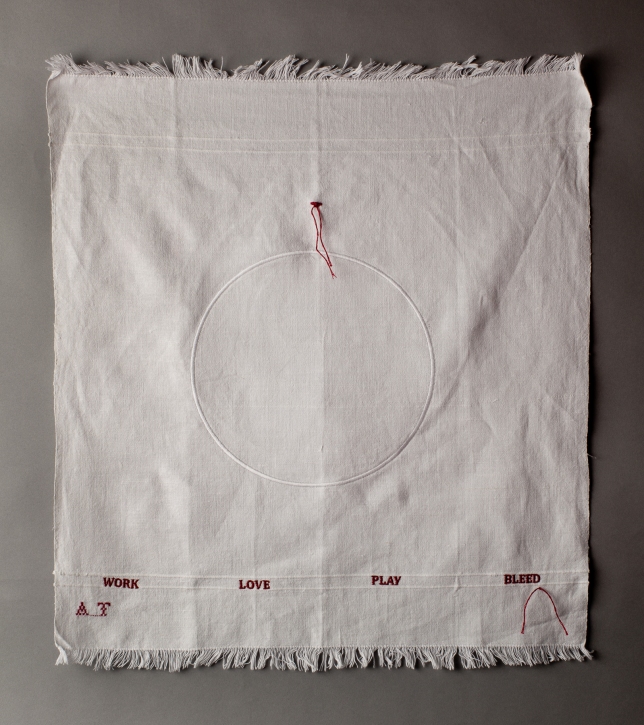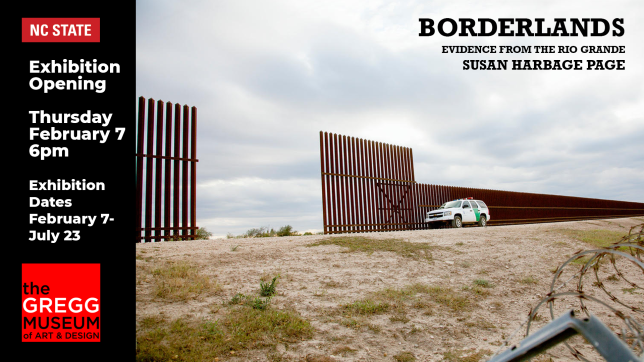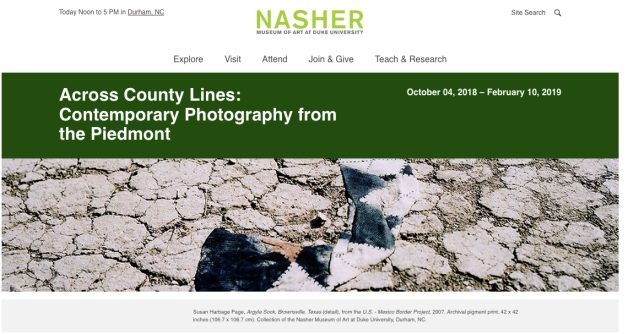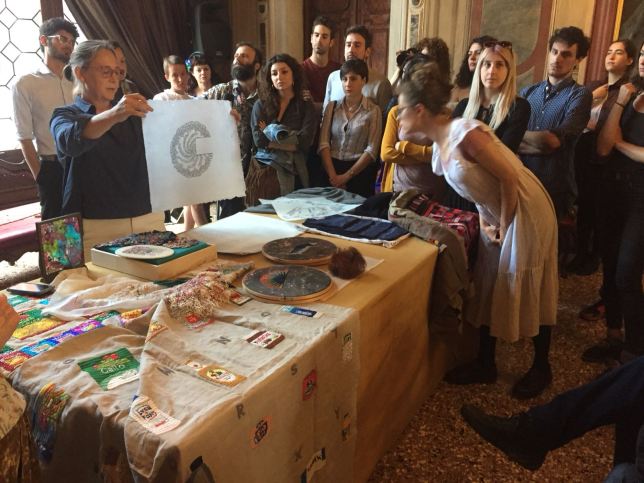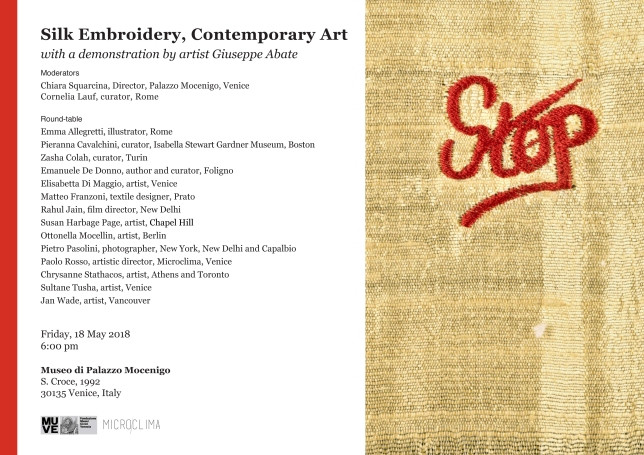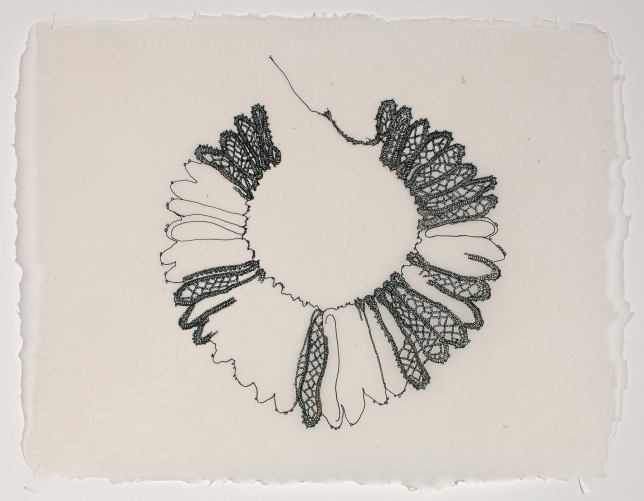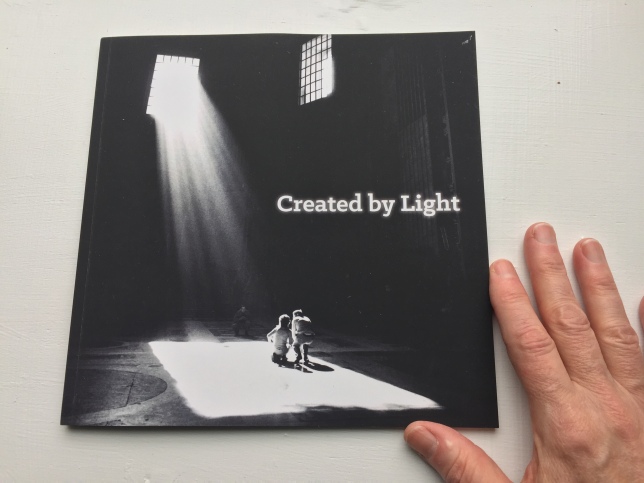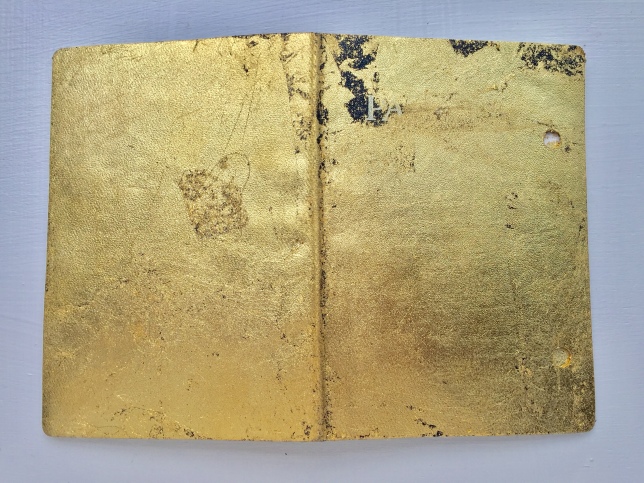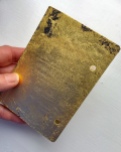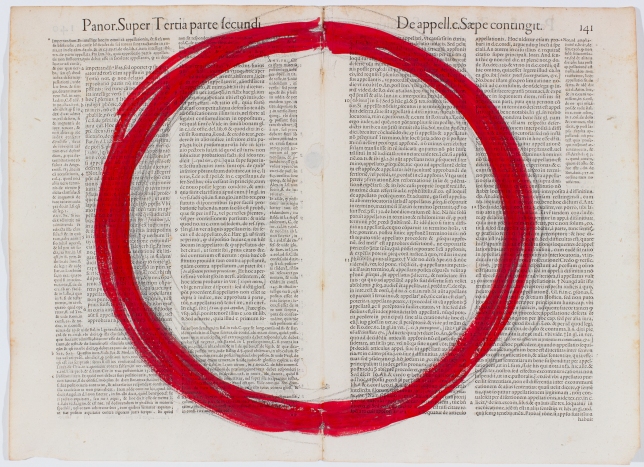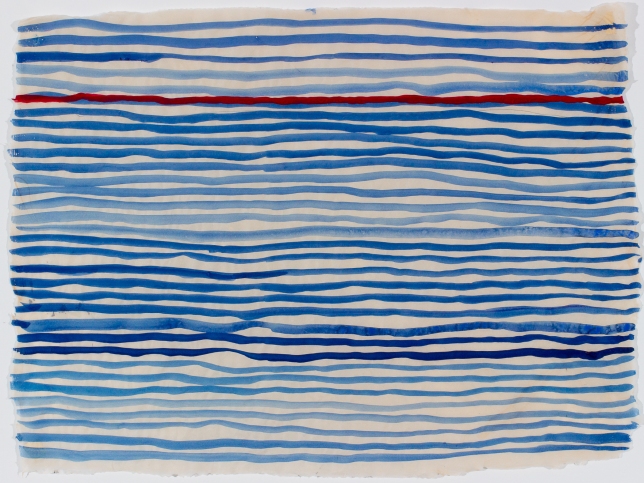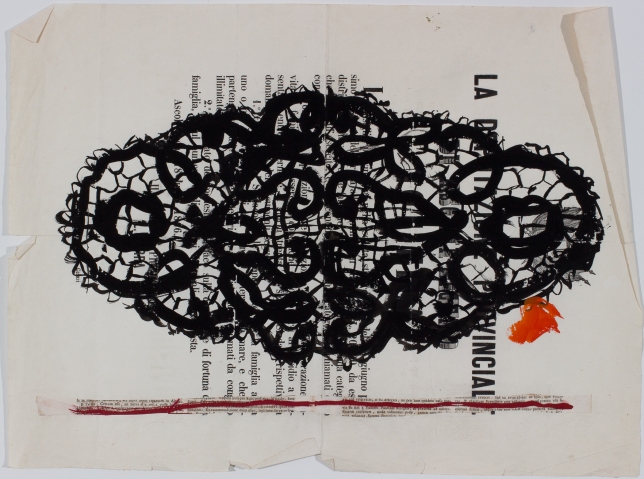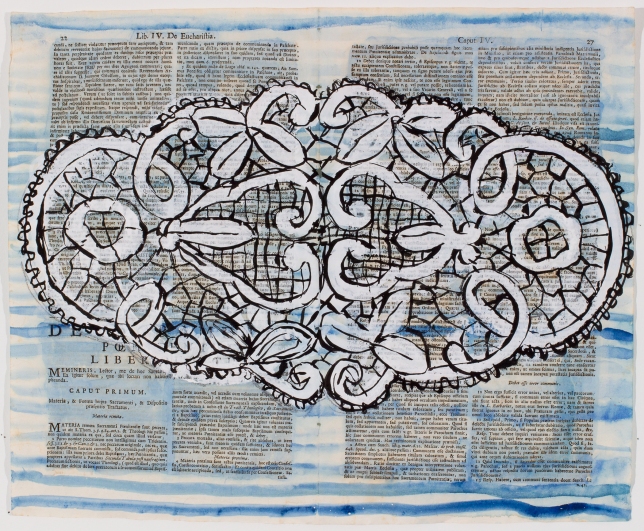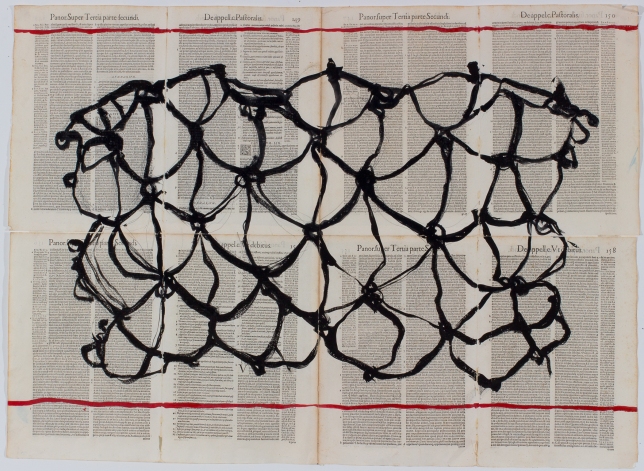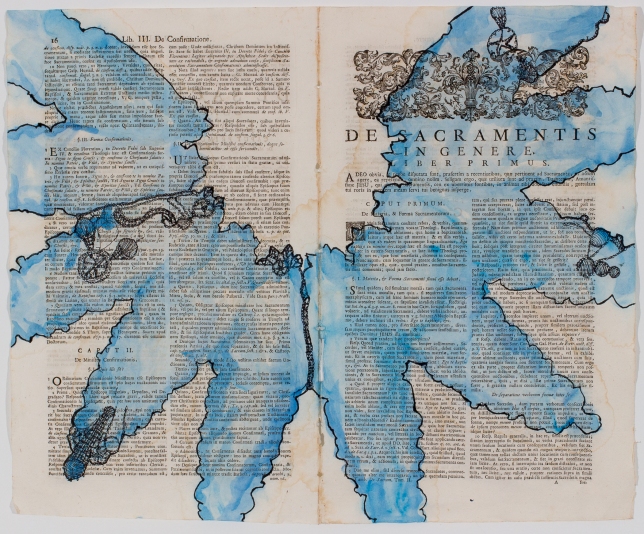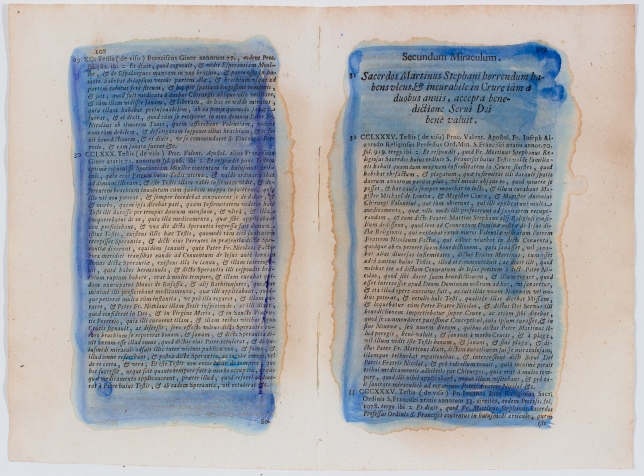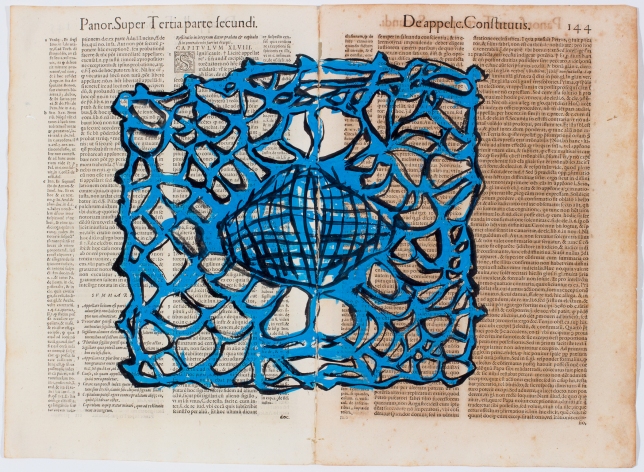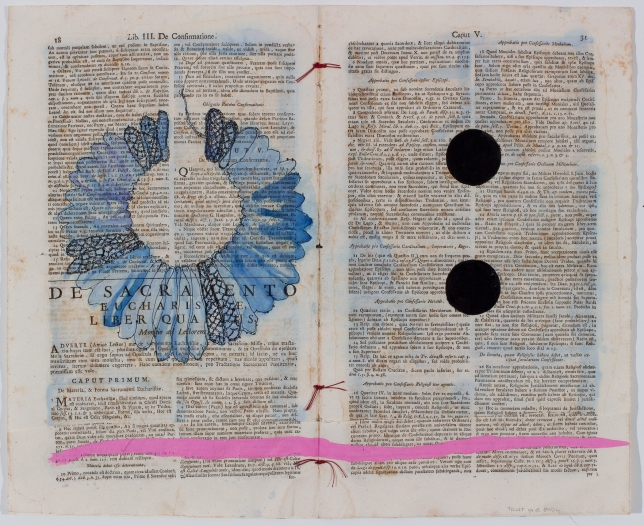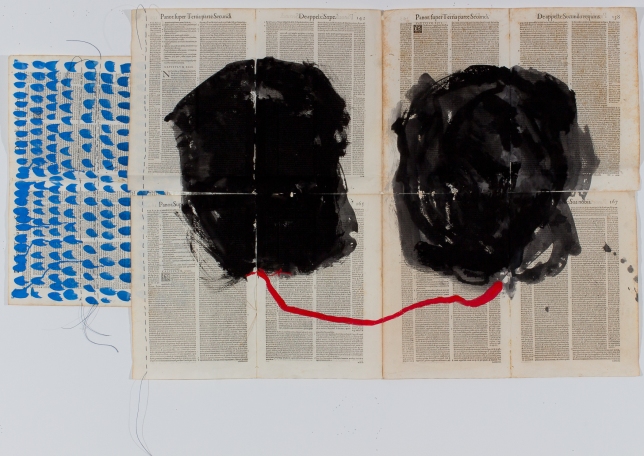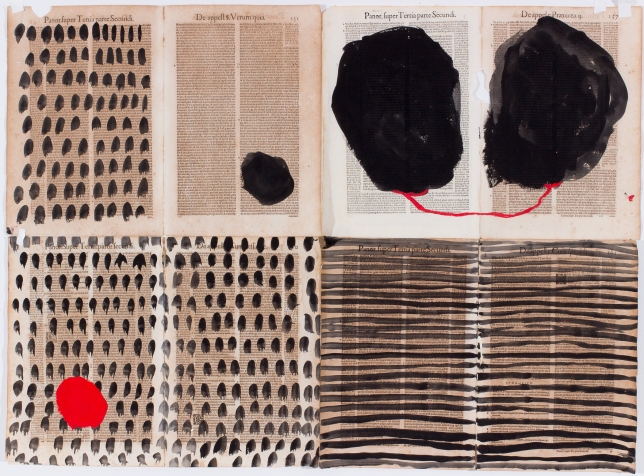Susan Harbage Page 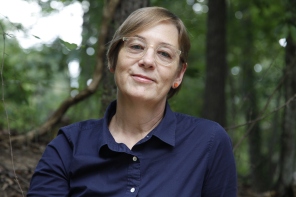
Pronouns – She/Her
susanharbagepage@gmail.com
http://susanharbagepage.blogspot.com/
#susanharbagepage
Susan Harbage Page has spent her life crossing borders, both literally and figuratively. Born in Ohio, she moved to North Carolina and thus experienced both sides of the Mason-Dixon line at an early age. In 1969, when Harbage Page was 10 years old, her mother took her and her three sisters on a three-month European camping trip in a red VW bus. The five women crossed 23 borders, including the Iron Curtain countries of Czechoslovakia, Hungary, Yugoslavia, and Bulgaria. At Romania’s border, agents detained the family for a day. Being trapped between two borders and belonging to neither influenced Harbage Page’s work which explores militarized spaces, borderlands, nation, gender, race, archives, representation, and belonging. Her work springs from a lens-based documentary background. She currently works with photography, video, installation, performance, sculpture, material culture, and painting.
The U.S.-Mexico Border Project (2007-present) the major corpus of Harbage Page’s work has unfolded in three major parts including 1) the “Anti-Archive of Trauma on the U.S.-Mexico Border” of circa 1,000 found objects such as shoes, religious items, and passports left behind by border crossers, 2) 30,000 photographic images of the immediate border area along the Rio Grande in Texas showing the increased militarization and the paths that refugees walk 3) over 15 site-specific actions and interventions in the Rio Grande Valley of Texas that address more personal conversations about representation and privilege that Susan has as she walks, canoes and bikes the border to bear witness in a place where many people cannot walk safely. The project illuminates a history of continuing trauma caused by bordering practices in the Rio Grande Valley. The focus on archives asks the viewer to consider how they shape our histories, whose narratives get included, and whose narratives get left out or abandoned.
Harbage Page holds a master’s degree in Photography from the San Francisco Art Institute (2004), a Master’s Degree in Music from Michigan State University (1983), and a certificate of knowledge of the Italian Language, from the Universitá Per Stranieri, Perugia, Italy (1984). Her master’s degree in Saxophone Performance from Michigan State University and engagement with the New Music Ensemble at MSU where she studied the work of John Cage and his theories on chance, indeterminacy, silence, and Buddhism, influence her performative works such as La Ragnatella Rossa Performance (2015), Sewn Border Video (2014), Erased Border Video(2015), Erasing the Border Performance (2018-Present), and most recently the video sets for Meredith Monk’s Opera Atlas (2021) about a boy and his dog riding “The Beast” known as the death train north across Mexico to enter the United States.
After graduate school, Harbage Page worked for National Public Radio stations KANZ, WKAR, and WDAV. During this period Harbage Page was a Program Director and on-air host, producing interviews and recording music. This period was formative in her commitment to social justice issues as she was exposed to emerging forms of longer form radio journalism and the early development of the CPB and NPR. She worked at Bollag International, a textile recycling mill in Charlotte, North Carolina, in 1990 when she began her first major documentary project. She photographed and recorded interviews with the women at the mill, addressing issues of voting rights, childcare, gender, relationships, and race.
In 1992, Harbage Page received a Fulbright Scholarship to travel to Italy where she lived with a group of cloistered Augustinian nuns in Spello, Umbria. The sisters—who have become friends—supported themselves by sewing, embroidering, and making lace. Living with women in a sovereign community which on the day-to-day micro level was very independent and on the larger macro level submissive to the patriarchal church intrigued Susan. The nuns supported themselves through the production of handmade goods which led to Harbage Page’s work with textiles. She spends a large portion of every year in Italy, where she concentrates on drawing and painting images on reclaimed Italian book pages from the 16th, 17th, and 18th centuries. These paintings and objects are based on lace collars, doilies, early mechanical spindle loom patterns, and movements of the thread on hand and spindle looms which she researches in both Italy and the U.S. Her work questions who has traditionally been seen as the creator of knowledge and what knowledge is valued by society. Through these handmade and mechanically produced textile objects and books, she unpacks the economic and social histories of previously overlooked women. Her gendered body unites the past with the present as she works back into the marginalia of the antique book pages, produced and written largely by men at a time when many women were not taught to read. She is asking questions not only about who language serves, who it benefits, and who it abandons as well as presenting the textile production of women as an equal form of knowledge and culture which should be preserved in archives.
In 1996, Harbage Page lived in the Negev Desert with a group of indigenous (Bedouin) weavers in Lakiya, Israel while on a Fellowship from the North Carolina Arts Council. The Negev Women’s Weaving Cooperative heightened her understanding of ways in which we can empower women. Since her residency collided with the Grapes of Wrath offensive, the experience also sharpened her awareness of military violence.
Her work can be found in the collections of The Baltimore Museum of Art., The Houston Museum of Art, The Israel Museum of Art in Jerusalem, The Nasher Museum of Art, The Mint Museum of Art, The High Museum of Art, and The Weatherspoon Museum of Art, as well as others.
Amongst Page’s awards are fellowships from the North Carolina Arts Council, the Camargo Foundation, The McColl Center for Visual Arts, and the Institute for Arts and Humanities, UNC-Chapel Hill, an Academic Excellence Award from the Institute for Arts and Humanities UNC-Chapel Hill, the Carolina Women’s Center Faculty Scholar Award UNC- Chapel Hill, as well as funding from the Andy Warhol Foundation and the Fulbright Program. She is an awardee of the Bernice Abbott International Competition for Women in Documentary Photography. Her work has been exhibited around the globe including, the U.K, Italy, France, China, Israel, Germany, Bulgaria and Slovenia among others. Seven monographs about her work have been published in conjunction with solo exhibitions.
Harbage Page is currently an Associate Professor in the Department of Women’s and Gender Studies at UNC-Chapel Hill where she teaches a curriculum that combines hands-on artmaking process with feminist thought and social justice activism. She lives and works in Chapel Hill, NC and Spello, Italy.
Updated 2021 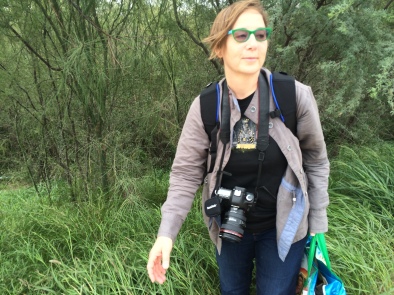

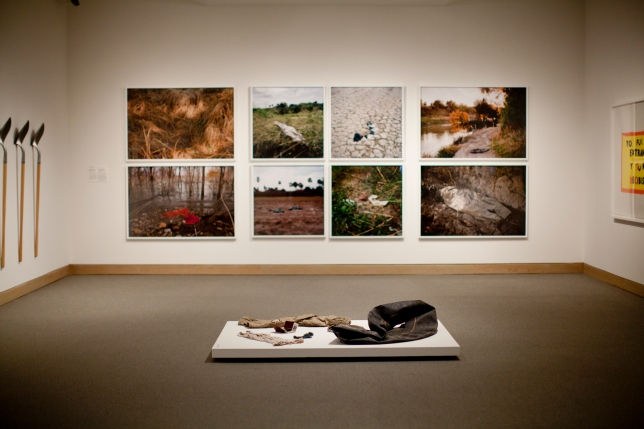
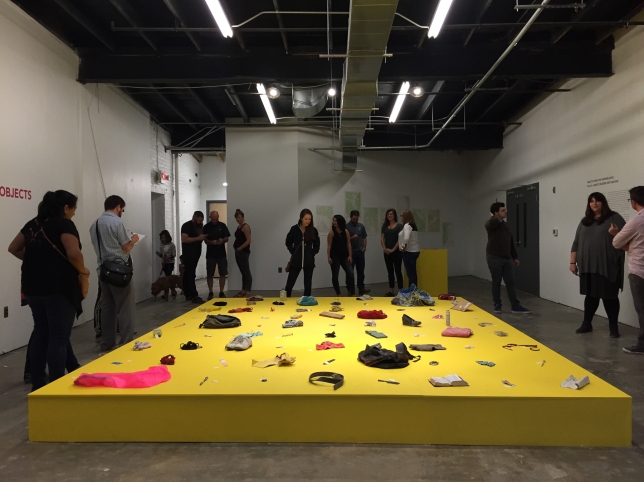 Objects from the Borderlands, Greensboro Project Space, Greensboro, North Carolina, 2016
Objects from the Borderlands, Greensboro Project Space, Greensboro, North Carolina, 2016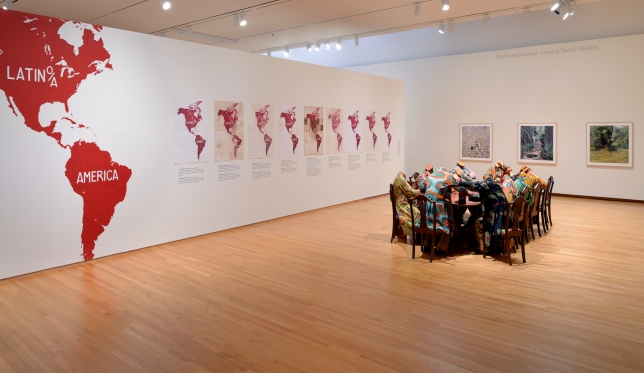 Pedro Lasch, Susan Harbage Page and Yinka Shonibare, The Nasher Museum of Art at Duke University, North Carolina, 2013
Pedro Lasch, Susan Harbage Page and Yinka Shonibare, The Nasher Museum of Art at Duke University, North Carolina, 2013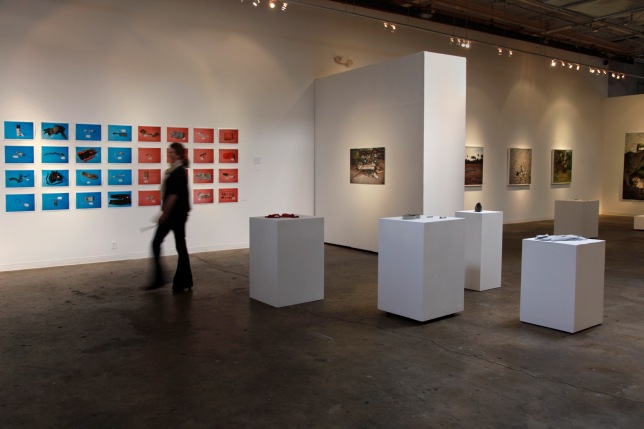 The Border Project, Flanders Art Gallery, Raleigh, North Carolina, 2011
The Border Project, Flanders Art Gallery, Raleigh, North Carolina, 2011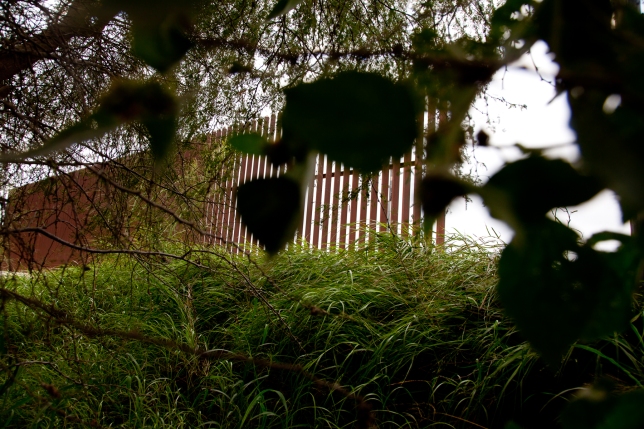
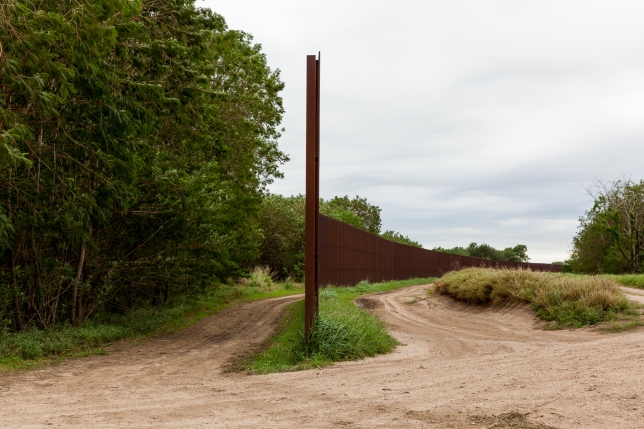

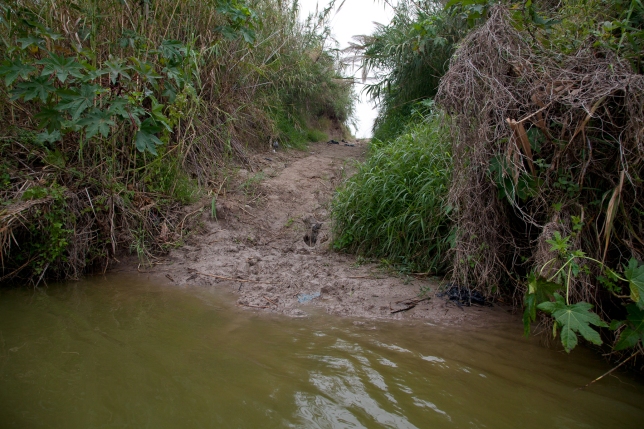
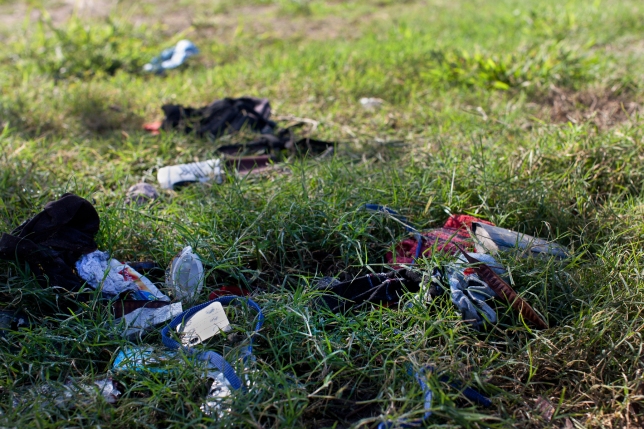
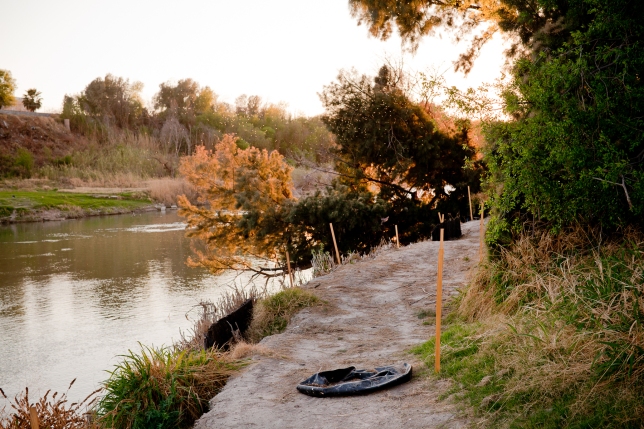
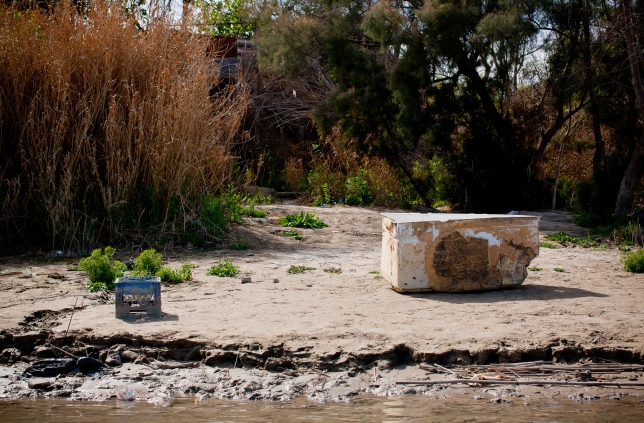
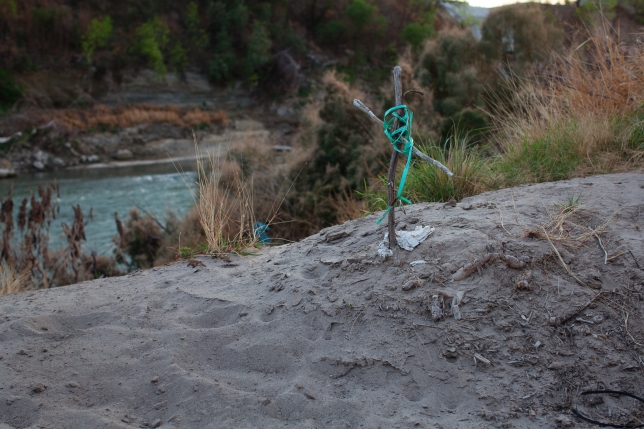
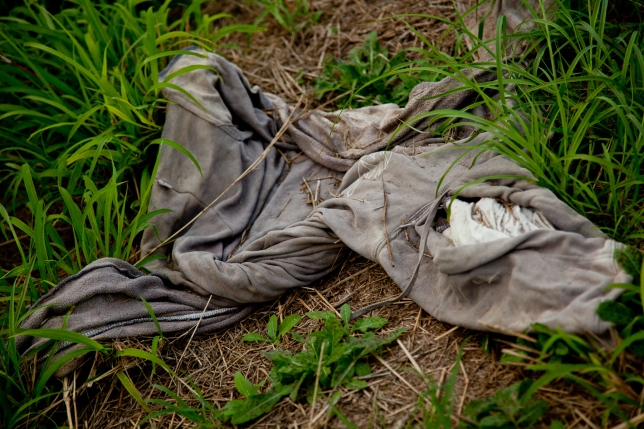
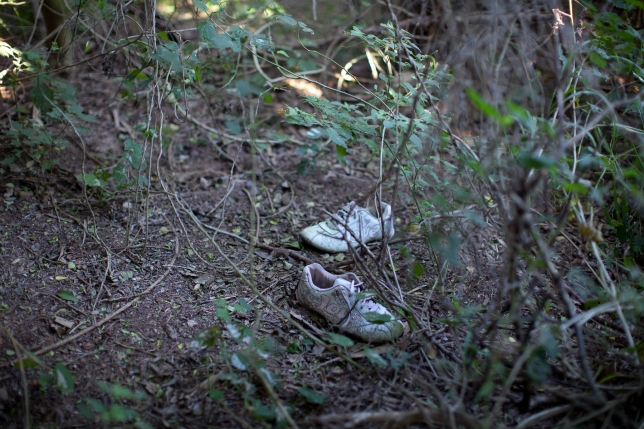

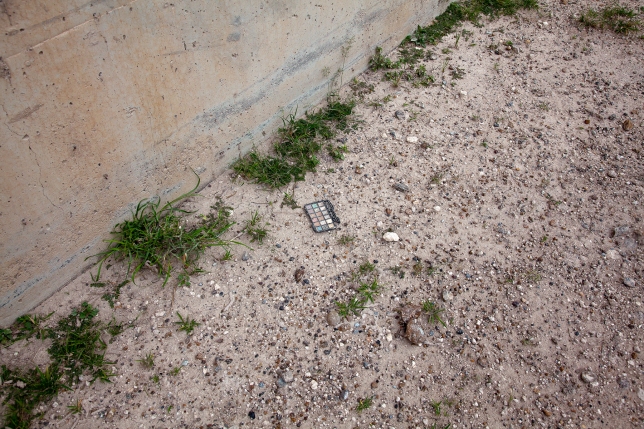

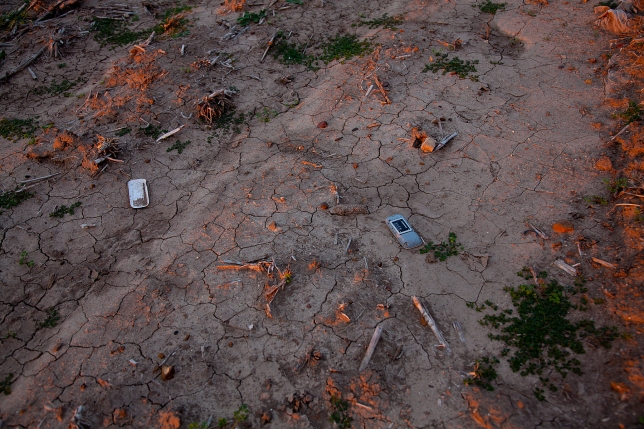

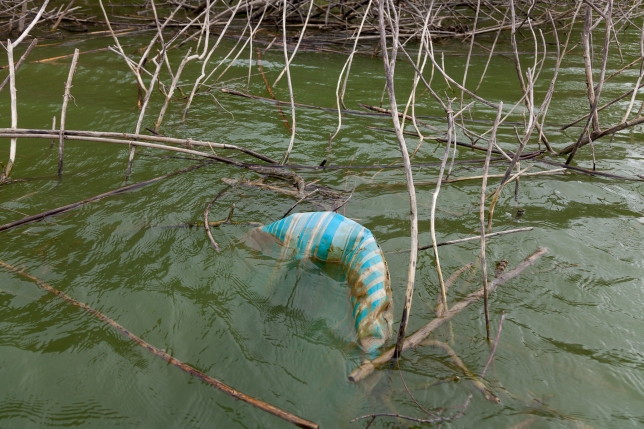

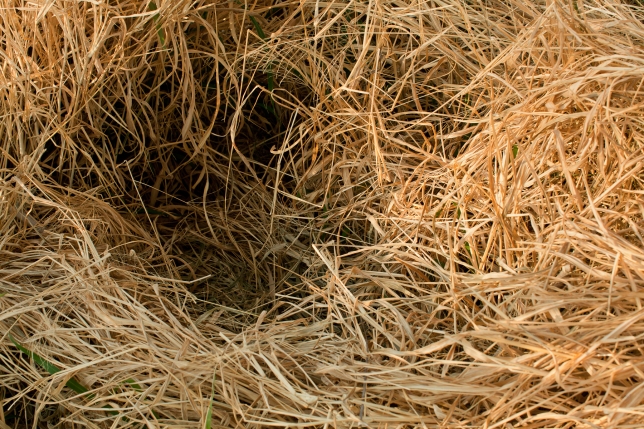
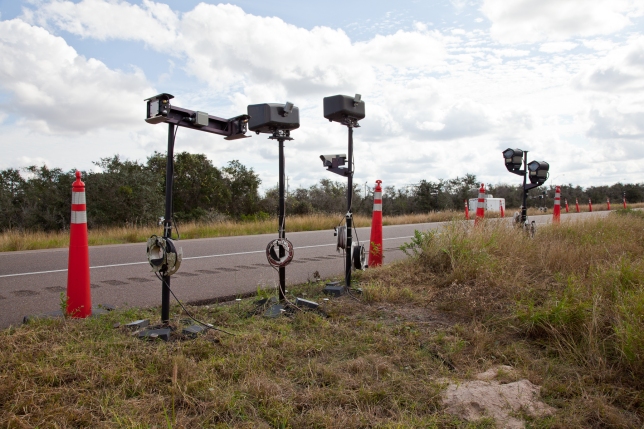
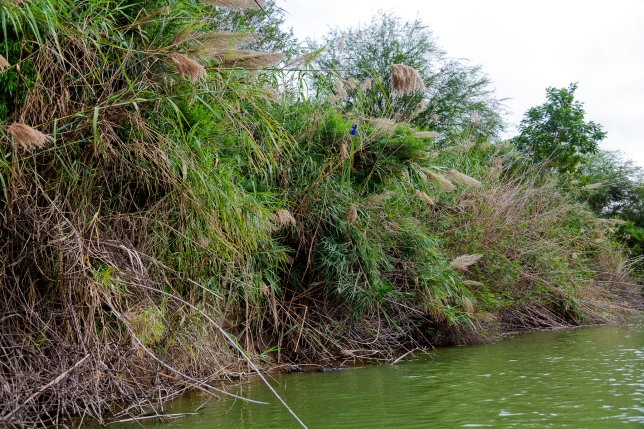
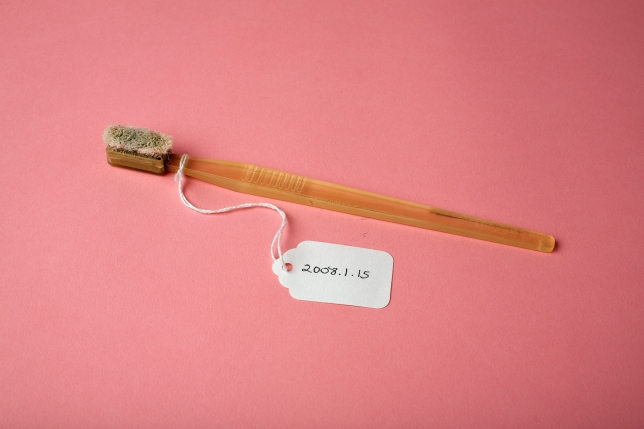
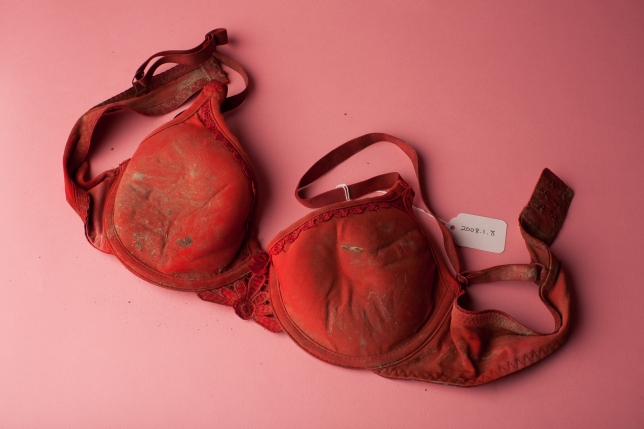
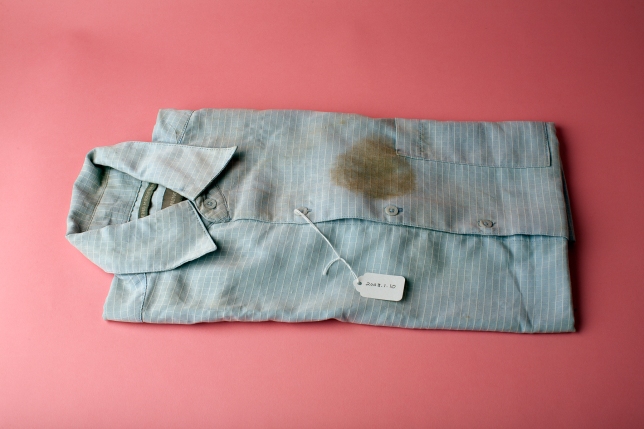
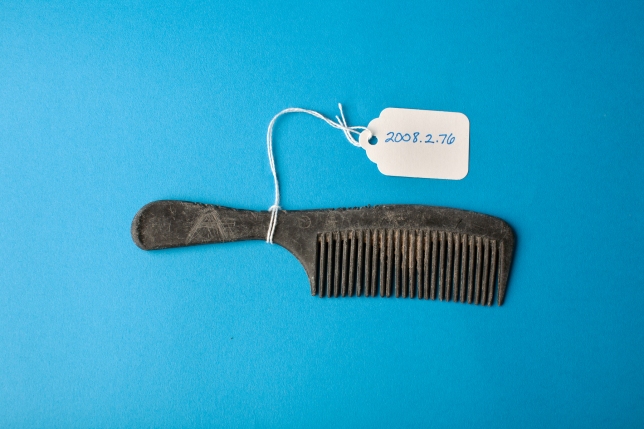
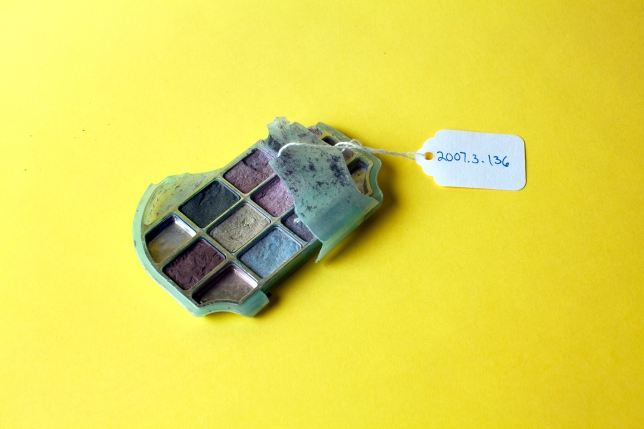
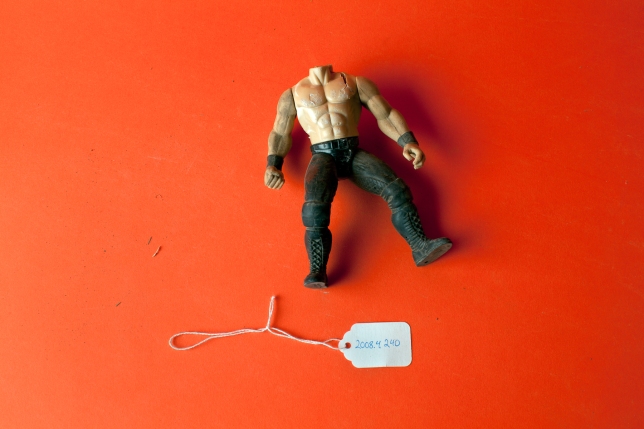
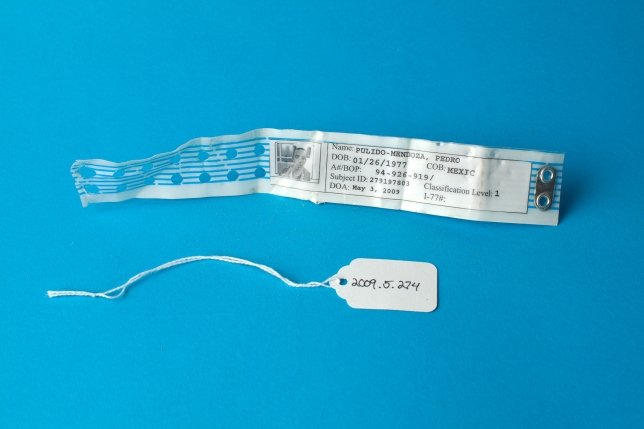
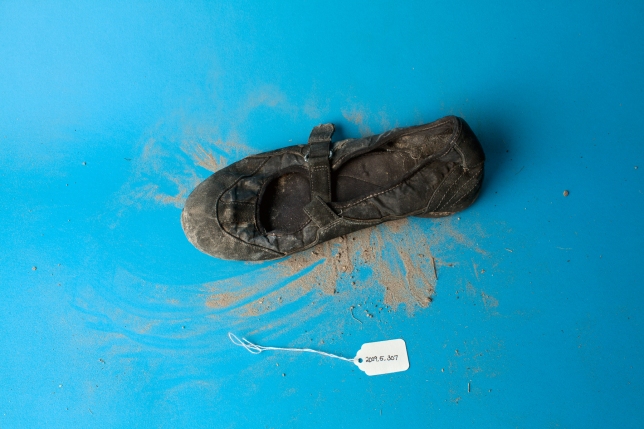
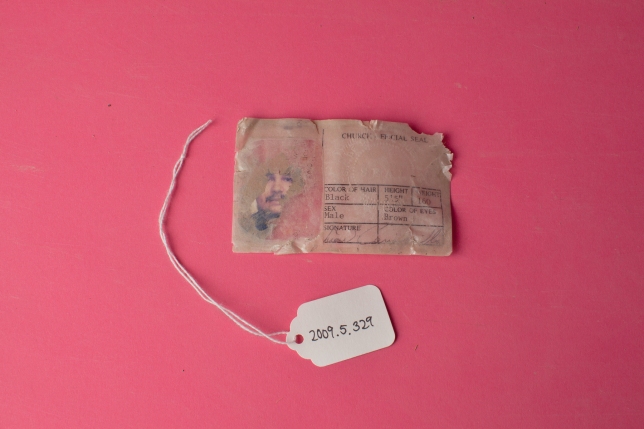
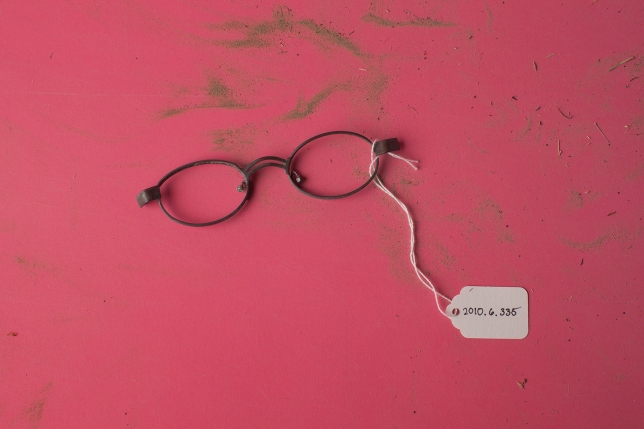
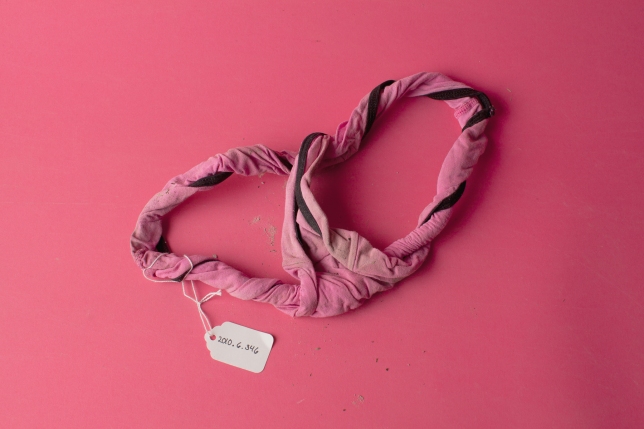
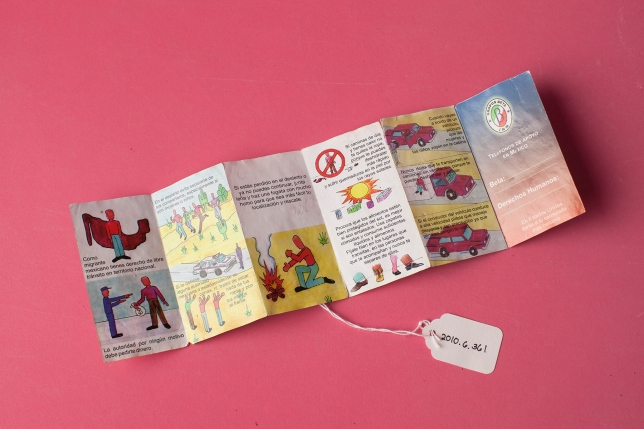
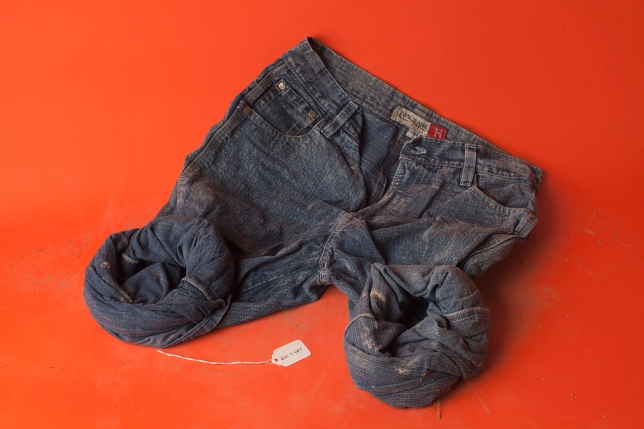
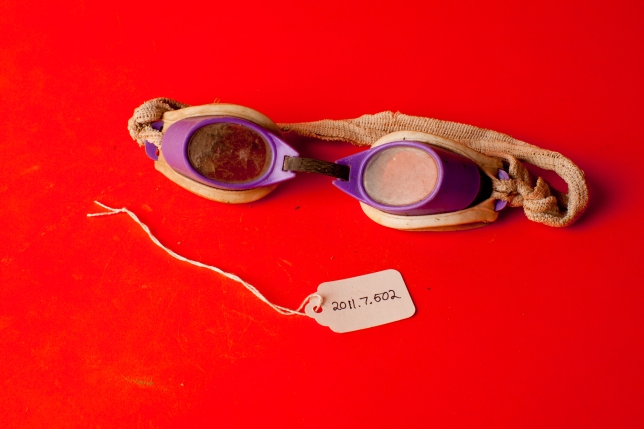
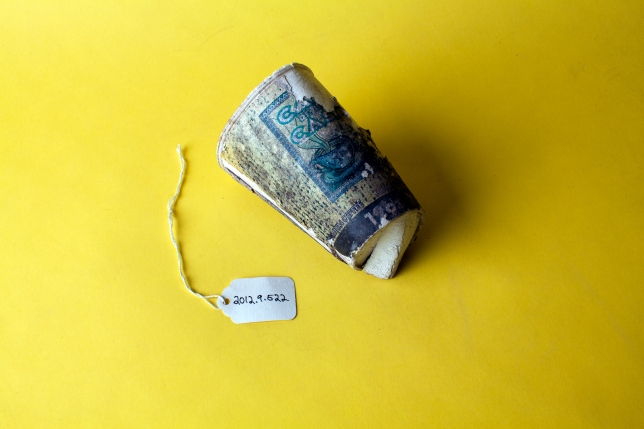
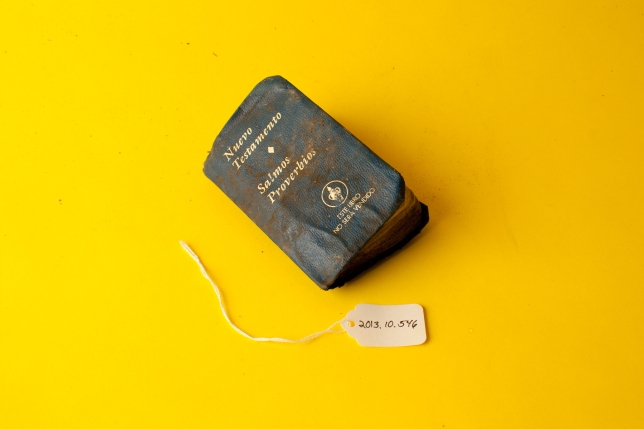
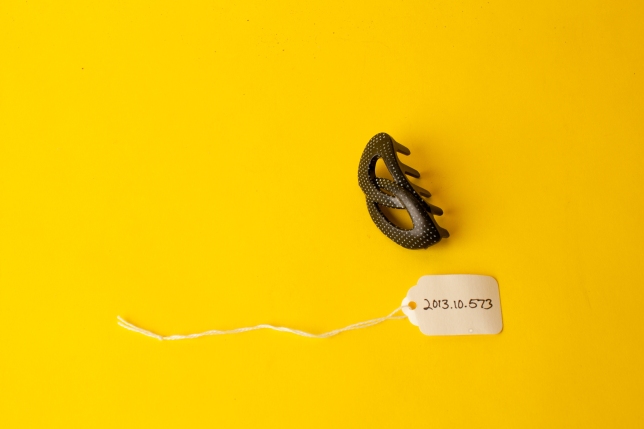
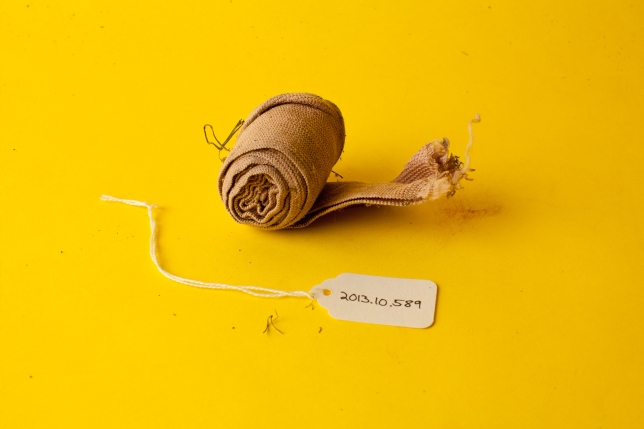

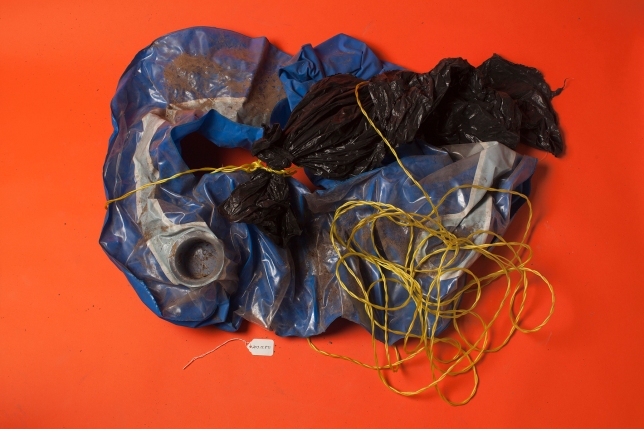


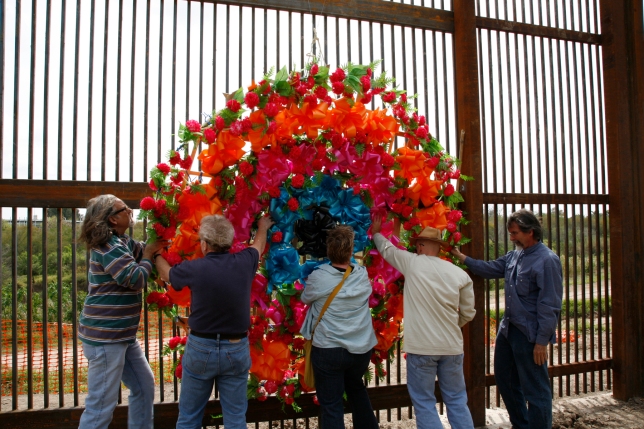
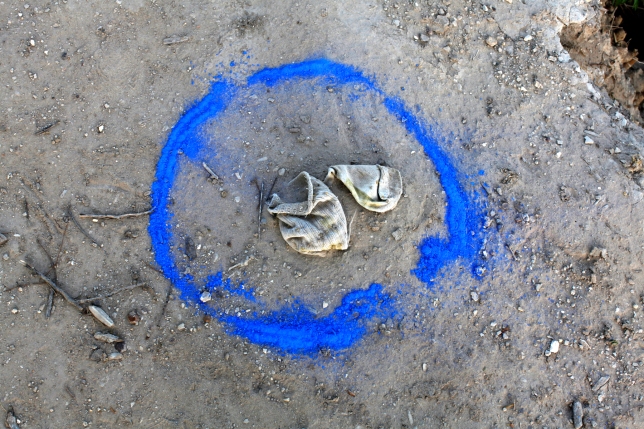
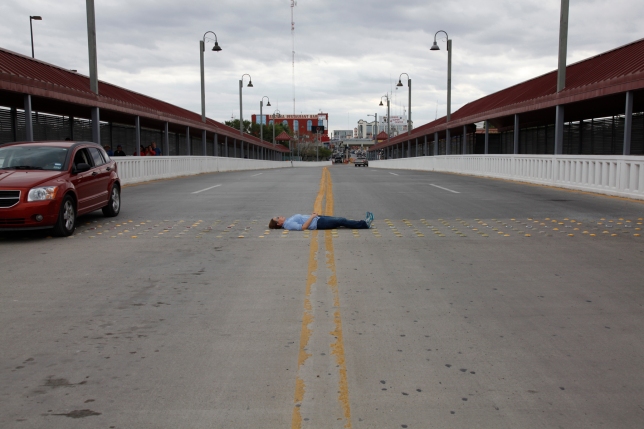
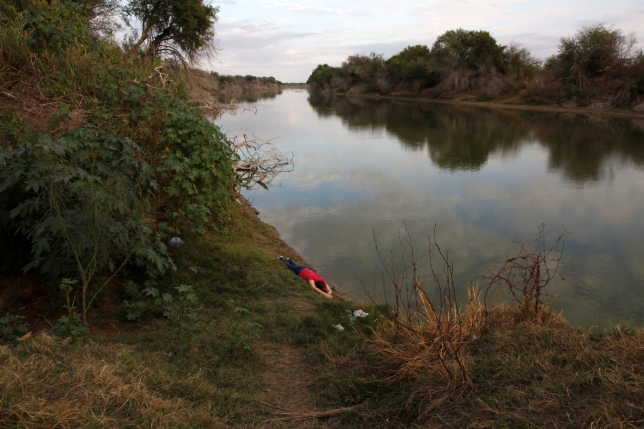
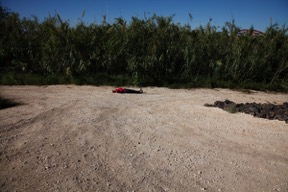
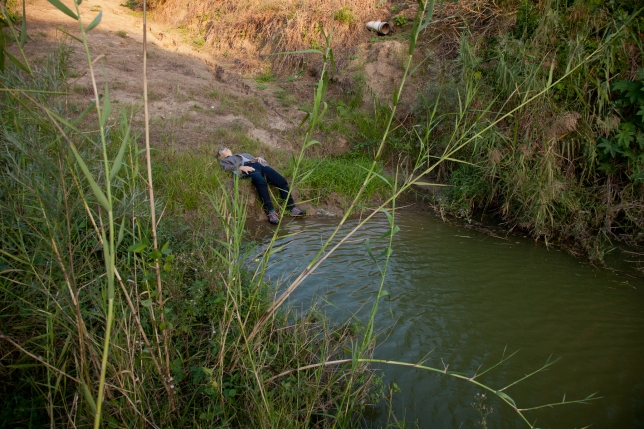
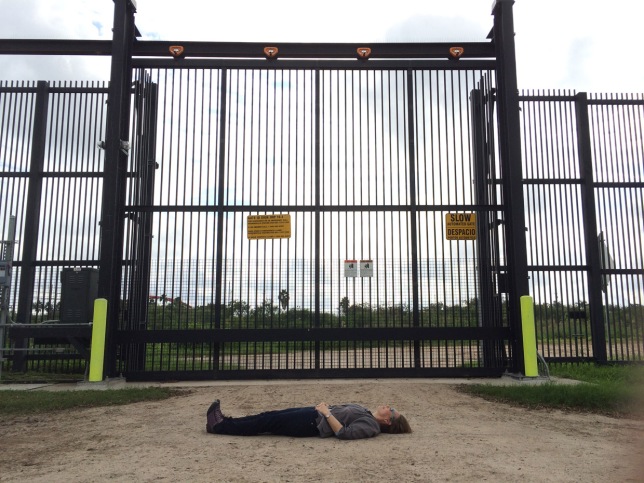
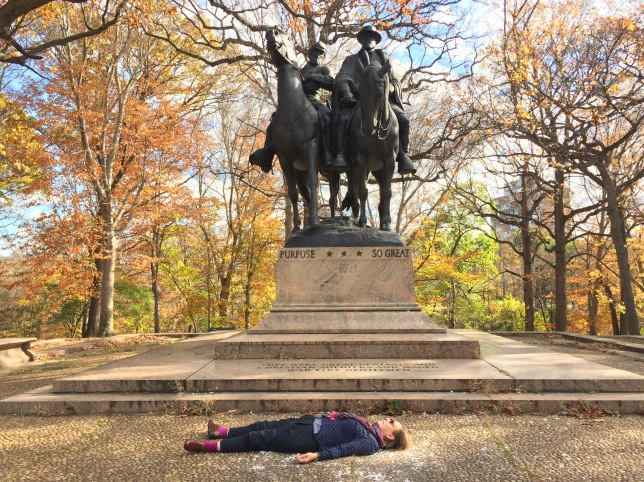


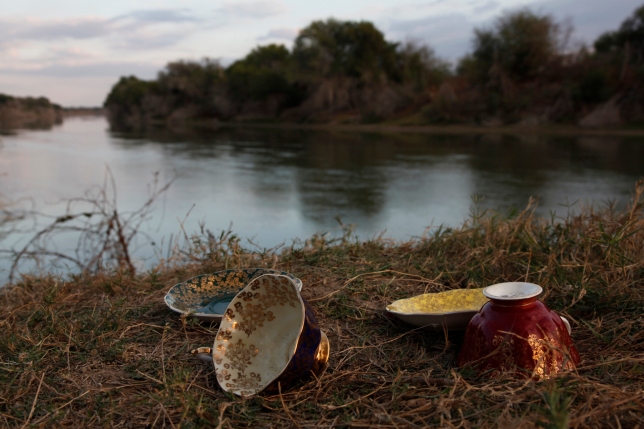
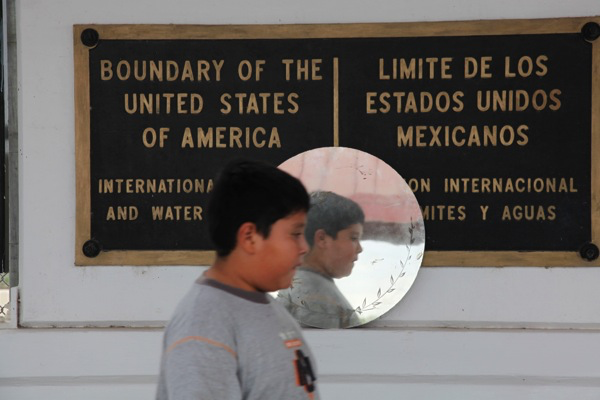
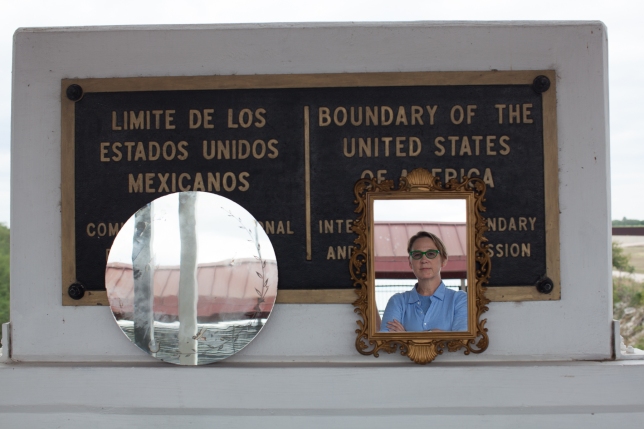





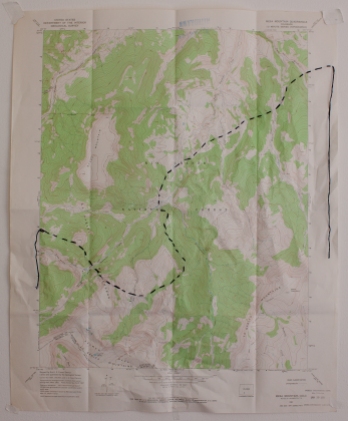





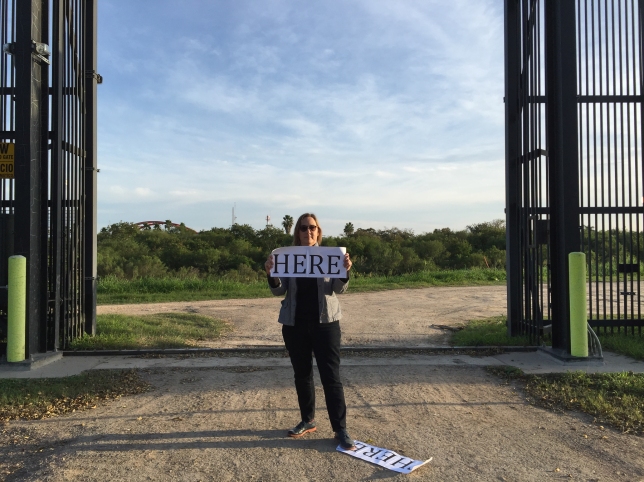
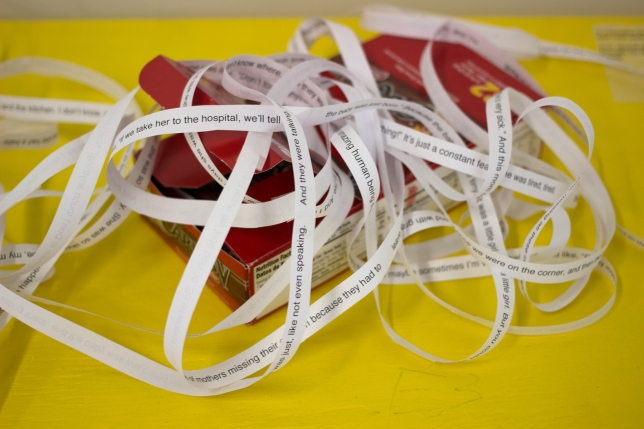
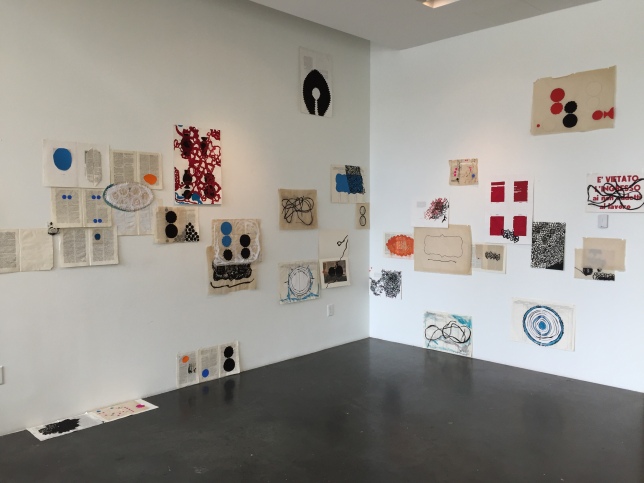
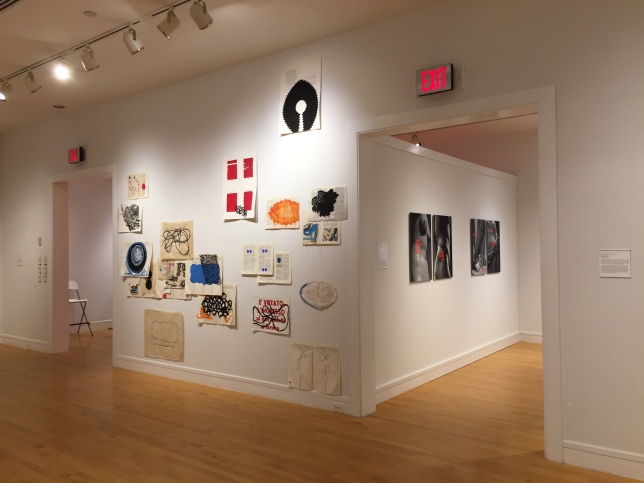
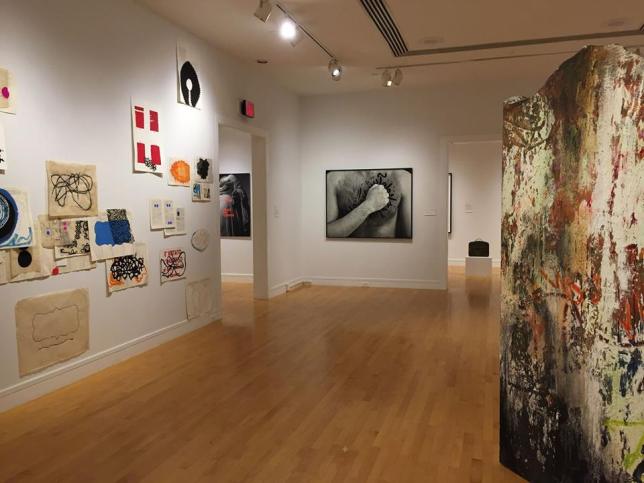 Seeing|Saying: Images and Words, curated by Lia Newman, Van Every/Smith Galleries, Davidson College, Davidson, North Carolina, 2016
Seeing|Saying: Images and Words, curated by Lia Newman, Van Every/Smith Galleries, Davidson College, Davidson, North Carolina, 2016








